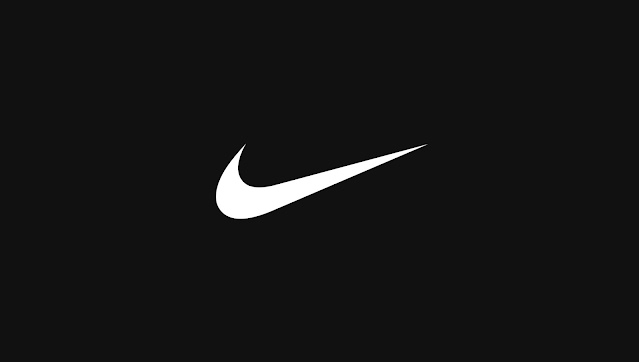Today's brand story is Netflix. How did it become a global company?
 |
| NETFLIX / https://www.netflix.com |
Hello, today's brand story is Netflix.
Netflix, the "world's largest paid video service" with 130 million
paid members in 190 countries, is a huge $156 billion company. Let me introduce
Netflix, the media brand that has changed the game the most in the
entertainment industry today.
Beginning of Netflix
Born in Boston, Massachusetts, majoring in
mathematics at Borden University and earning a master's degree in computer
science from Stanford University, "Read Hastings" is the founder of
Netflix. He borrowed a video and watched it in 1990. At that time, it was a
system where you had to rent a video from a video store, watch it within a
certain period of time, and return it again, and pay a late fee if the return
is delayed. But there was a day when Hastings forgot to return the video. So
Hastings paid 40 dollars for the late fee. Angry Hastings first came up with
the idea of running a video rental business himself. Netflix was created in a
fit of anger in 1997.
Netflix is named after Net on the Internet
and the movie Flicks. Because Hastings, who majored in computer science,
thought that he would distribute movies on the Internet from the beginning.
 |
| netflix subscribers 2020 / https://www.businessofapps.com |
Netflix's growth process
Netflix started with the business of
delivering videos by mail. At that time, the newly-climbed media outlet
"DVD" began to be commercialized, and Hastings was completely
fascinated by the DVD. This is because thinner and lighter DVDs were much
easier to deliver than heavy, bulky and fragile videos. When a customer applied
for a loan on the Internet, the DVD in a non-woven envelope was delivered to
the customer, and the return was placed in a nearby mailbox or in a home
mailbox, which was collected by the delivery staff. At that time, it was common
to have a system that received rental and late fees, but Hastings initially
introduced the system and operated Netflix. However, when there was no special
development, we made a drastic change, which was to eliminate the late fee.
Netflix, which introduced a $20-per-month
subscription system, was able to rent three DVDs at a time, and the rental
period was unlimited before returning them. However, to rent the next DVD, you
had to return the old DVD. Customers using these subscription systems were very
satisfied and Netflix grew. At that time, the absolute number one player in the
U.S. video rental business was "blockbuster." However, the company
went bankrupt in 2013. There are various reasons why Blockbuster went bankrupt,
but it turned out to be a problem with the company's policy. So Netflix
naturally became number one after its competitors disappeared.
 |
| Internet streaming netflix / https://newatlas.com |
Internet streaming
In 2007, more than 10 years after starting
the DVD rental business, Netflix launched the OTT service. We started a video
service that can be viewed on the Internet without a set-top box, and built a
video service that can be seen anywhere on the Internet. Netflix introduced the
OTT service to DVD subscribers only in 2007, and in 2008, it started operating
separately from DVD. Customers began to see "Cord-cutting"
leaving advertising-wasting television and changing it to Netflix, and in 2013,
paid membership surpassed subscribers to "HBO" the largest cable
network in the United States. To date, it has 130 million paid members
worldwide, and in May 2018, it briefly surpassed the market capitalization of
Disney, the world's largest media company.
 |
| Netflix Big Data / https://www.muvi.com |
Big Data
Netflix features fewer content than other
competitive video services. But as the number of users is increasing, what is
the secret to Netflix? It's about utilizing big data. We introduced a
recommendation algorithm system that allows viewers to watch the video and
evaluate it, and analyzes the viewer's preferred video to guess the next video.
Thanks to this, we have secured less but more useful contents than unnecessary
contents.
In 2013, Netflix's self-produced drama
"House of Cards" analyzed big data from viewers and predicted the
desired production style and favorite actors, which resulted in viewers liking
director David Pincher and starring Kevin Spacey. After finding out that people
watch dramas on weekends and spread word-of-mouth, they released all the
seasons of the drama, and 85% of the viewers who watched the drama were
satisfied with the contents. Netflix, which began to produce content more
actively after the House of Cards drama ended successfully, planned to produce
more than 20 self-content each year by 2019.
Conclusion
Netflix's success is not short-term. It's
great to choose and push for algorithms that fit customers' preferences.
However, Disney is producing OTT to compete with Netflix. Who will be the
winner of the match between Disney 카지노사이트 and Netflix? And there must be a reason why
many people around the world choose Netflix. Today we talked about how Netflix
grew and how it worked.


Comments
Post a Comment